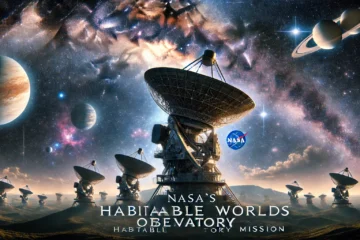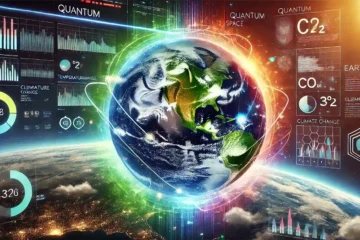Greetings, space enthusiasts! Do you ponder upon Pluto and the reasons it does not merit being called a planet these days? For most of those raised on nine planets-that holds true. The announcement about Pluto being removed from the list of planners and the inclusion of the so-called dwarf planet were nostalgic as much as they were a great cause of discussion among all.
But now comes the time to embark on the travels that will take ‘Pluto’ from the year of its beginning in 1930 all the way through the decision at present to reclassify it. In this blog, we look into reasons people would still love this planet and even pop culture with retro T-shirts proclaiming, “It’s still a planet.”
So let’s dive right in!
Pluto’s Discovery: A New Astronomical Era
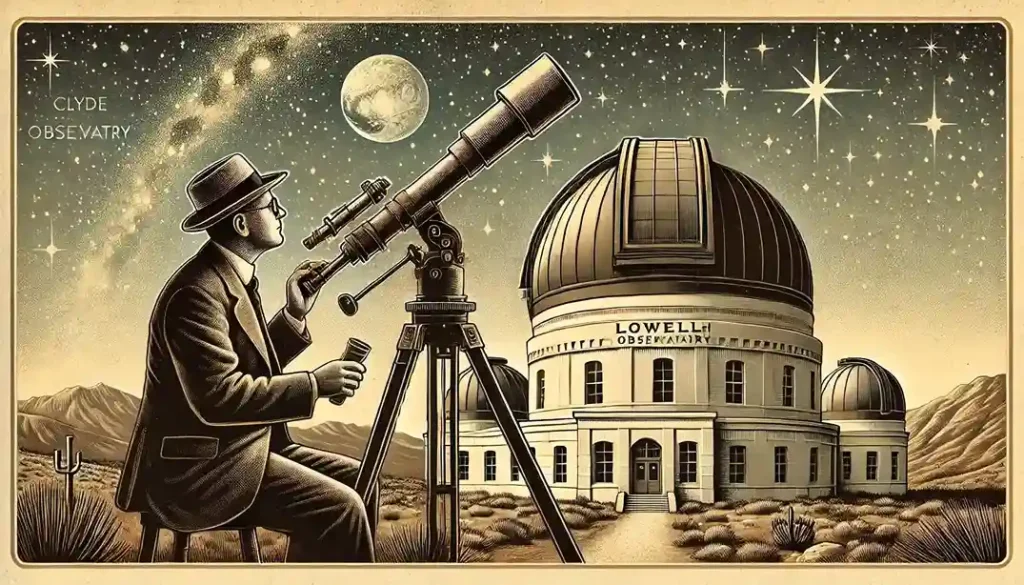
February 18, 1930, was when Pluto, a little planet affiliated with the solar system, was discovered by American astronomer Clyde Tombaugh. Soon afterwards, in the place Flagstaff, Arizona’s Lowell Observatory, under the skies of long ago, astronomers used that observatory to search for another planet, the ninth of their speculations, which they believed the two giants, Uranus and Neptune, must have in their orbits been deflected by some great object.
This was one such planet, termed as “Planet X,” remaining hidden until all the wide-ranging efforts stretched to periods of observation and deduction could suffice to merit the discovery of Tombaugh by the small speck that is Pluto. The planet was far-off, located 4.67 billion miles from the sun, and it happened to be thought of as the last one in a queue within the solar system for over seventy-seven and seven years straight.
Named after the ancient Roman god of the underworld, Pluto captured the imagination of both experts and laypersons. Geographically, it is an icy and distant planet from the solar system, rumored to be much beyond human reach. Although it was relatively unknown through most of the 20th century, the prospect of an accessible object in dark space made it very sellable.
Pluto’s Planetary Status: A Journey of Change
At the end of the twentieth century, every school textbook and solar system model had probably placed Pluto as the ninth planet. Even the general public treated it so. Unlike the other planets, it was really too small, and the orbit crossed that of Neptune. But it was welcomed rather than disappointed by its oddities.
In due course, however, science and technology improved; more was known about the outer solar system. Astronomers learned that there was much more to examine about the outskirts of our solar system.
They now report finding millions of other smaller rock-like objects within a specific belt of space called the Kuiper belt, and Pluto is within that space. Some of the bodies found, such as Eris, turn out to be nearly the same size as or larger than Pluto. This creates problems in considering Pluto a planet.
Indeed, the most radical change happened in 2006, when the International Astronomical Union redefined the concept of the planet. To be considered a planet, a cosmic object must meet three fundamental conditions.
- It should revolve around the Sun.
- It should be round or nearly round and possess enough mass to get to hydrostatic equilibrium.
- It must have significantly ‘cleared’ its orbital zone of other bodies, i.e., resided there, gravitationally dominated them, and expelled other debris that got into its way.
So while meeting the first two conditions, Pluto does not meet the third one since it shares the Kuiper belt with other objects. This means that in 2006, Pluto was demoted to a ‘dwarf planet,’ a development that sparked much angry and contrary voices from many stakeholders. Quite a number of people who were melancholic over the status wiz-a-wiz of Pluto had much affection for the little planet encircled at the end of the solar system.
Why Pluto Matters: The Legacy of a Dwarf Planet
A dwarf planet at best, it has not disappointed those who linger on planetarium platforms and gazes upward toward the open sky, often expressing tearful anguish even at the thought of Pluto dropping its status. For most people, he’s too unique to lose the status of a planet. But is there really any sense of continued discussion on Pluto once its title is an official dwarf planet designation?
This, however, the whole saga of discovery and exploration of Pluto reflects the inherent curiosity and internal disposition of each human being to understand and interpret every single mystery of the universe. The most informative achievement on Pluto, captured through photographs and data, happened on July 14, 2015, when it passed like a comet with an egg-shell skull after it blasted off in 2006.
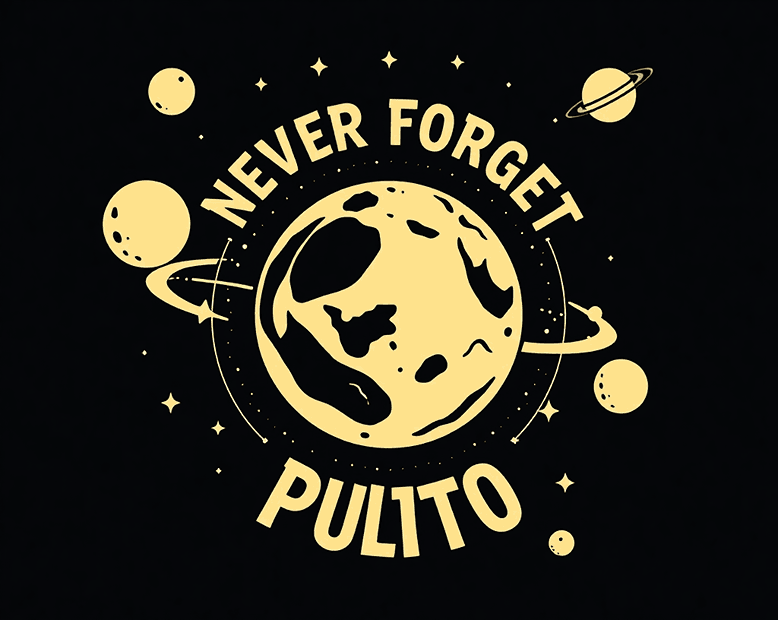
Knowing that one is now able to see Pluto as a more complicated entity than one had formerly imagined-inhabited with water-ice mountains, perhaps beneath the surface subsurface oceans, and even evidence of geological activity in its surface history-freeaminent-the fact has only added to the intrigue with which it surrounds itself and its significance in the solar system.
Pluto’s tale is also dilatory because it sums up the evolving nature of science. The decision to reclassify Pluto indicates a truth of planetary science: astronomy progresses in the understanding of how something works as the system becomes more sophisticated and language plus concepts become increasingly dependent on it. By that score, I hence judge to safety of Perkins’s reach of understanding.
The Pop Culture Legacy: Why ‘Never Forget Pluto’ Endures
“Never Forget Pluto” plays many parts as an enigmatic slogan that turns into a nostalgic, persevering shout into the dark and defiance. Countless characters, as well as things surrounding Pluto, were lodged in the culture of Western society.
There were then, and do still exist, retro ambitions by the end of the 1910s, such as shirts, inscribed with the words’ Pluto: Never Forget,’ which bosom accompanied the status of Pluto the planet and appropriately defended this space underdog.
Custom T-shirts with old pitches carry photographs depicting Pluto as an all-around planet, with the age brackets of 1930-2006, which in certain cases illustrates the time window when Pluto was truly treated as a planet. Moreover, the vintage design not only dates back so much as to attract the imagination of people with bygone days but also serves to remind individuals of the time in their lives when they were learning about Pluto as the planet associated with the solar system.
What makes these T-shirts so special? They resonate with anyone from the astronomy-lover to that person who finds a dash of humor and nostalgia in the story of Pluto. They are also great conversation starters bearing meanings even more profound than what they seem: T-shirts encourage discourse about their emotional implications regarding Pluto and the solar system.
Whether worn by an adult who remembers Pluto as a planet or by children who only know it as a dwarf planet, such tees go toward helping carry on Pluto’s legacy.
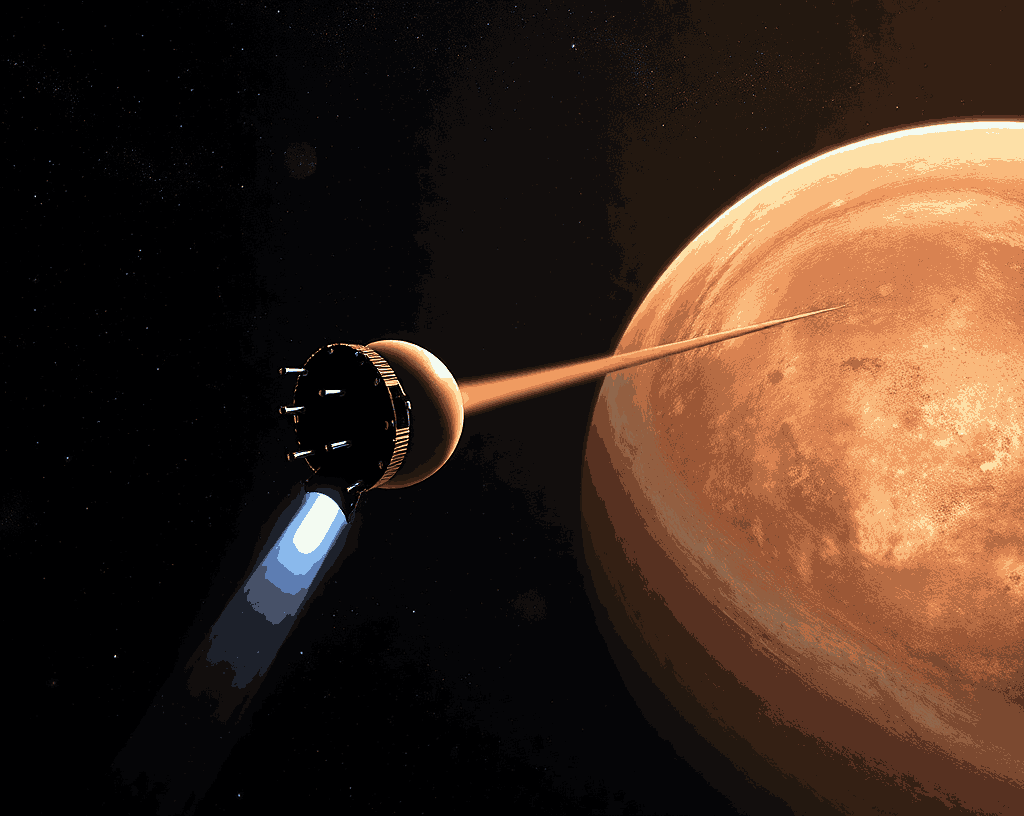
Pluto and the Future of Space Exploration
Even if there is a lack of planets to classify, efforts have converged on Pluto. It is also home to many dwarf planets, ice bodies, and debris left from the formation of the solar system. Thus, understanding Pluto and its immediate environment helps understand how the solar system evolved and how certain planets, Earth included, came into being.
Having ended the New Horizons project, which provided very high resolution pictures of Pluto, this agency now goes on to Kuiper belt, where the mission continues to search for parts of the solar system. Much has been heard about Pluto in this mission, and most of it has been extensive breakthroughs such as atmosphere, surface, and even satellites. In the future, even more may come out concerning the past of Pluto and the solar system it occupies.
On the other hand, this downgrading of Pluto caused interest, particularly in planetary science and astronomy. Hence a few of those who enjoy the saga of Pluto are looking at the Kuiper Belt, the reasons behind planet classification, and even all the rest of the galaxy. In a way, the demotion of Pluto rekindled public interest in science, all its forms, and it prompted audiences of all ages to look into the sky with as much beauty or may even more longing than could have existed before.
Conclusion
This is not an end to Pluto’s story but rather the beginning of it being a dwarf planet. From the year 1930 to the year 2006, it has been established, degraded over decades; who would not be interested in Pluto? It makes such a great story of change and evolution as well as people’s growing interests in the cosmos-from retro outfit, renewed outer space exploration, or simply, Pluto will always be.
FAQs
- Why doesn’t Pluto qualify as a dwarf planet anymore?
After the ruling of the International Astronomical Union, Pluto will no longer qualify as a planet, as it does not satisfy the criteria of not being a huge dominant orbiting object. Instead, it shares the orbit with other larger objects located in the Kuiper Belt.
- What is the significance of Pluto to a person even today?
Pluto is a curious collection of everything from science to pop culture to human history. It has a rich history as a planet, from its atypical characteristics, to discoveries that have continued to be of interest to many.
- How has Pluto influenced pop culture?
Nostalgia generated by the celestial body being a planet generated things like “Never Forget Pluto” t-shirts as cultural artifacts.
- What is next for Pluto in space exploration?
Pluto is being visited by missions such as New Horizons, which give valuable data but are far from unlocking more mysteries in the Kuiper Belt.


